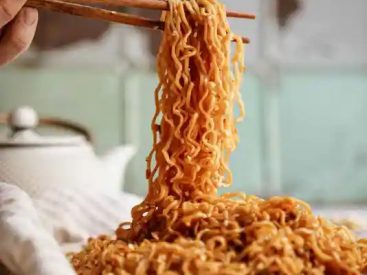With Earth Day approaching, it’s important to cut down on food waste to help preserve our planet Assistant Professor and Public Health Nutrition Specialist, University of Nevada, Reno Extenson This year’s theme for Earth Day, observed on April 22, is “Invest in our planet.” The word invest means” to […]
Delicious!
Delicious!



